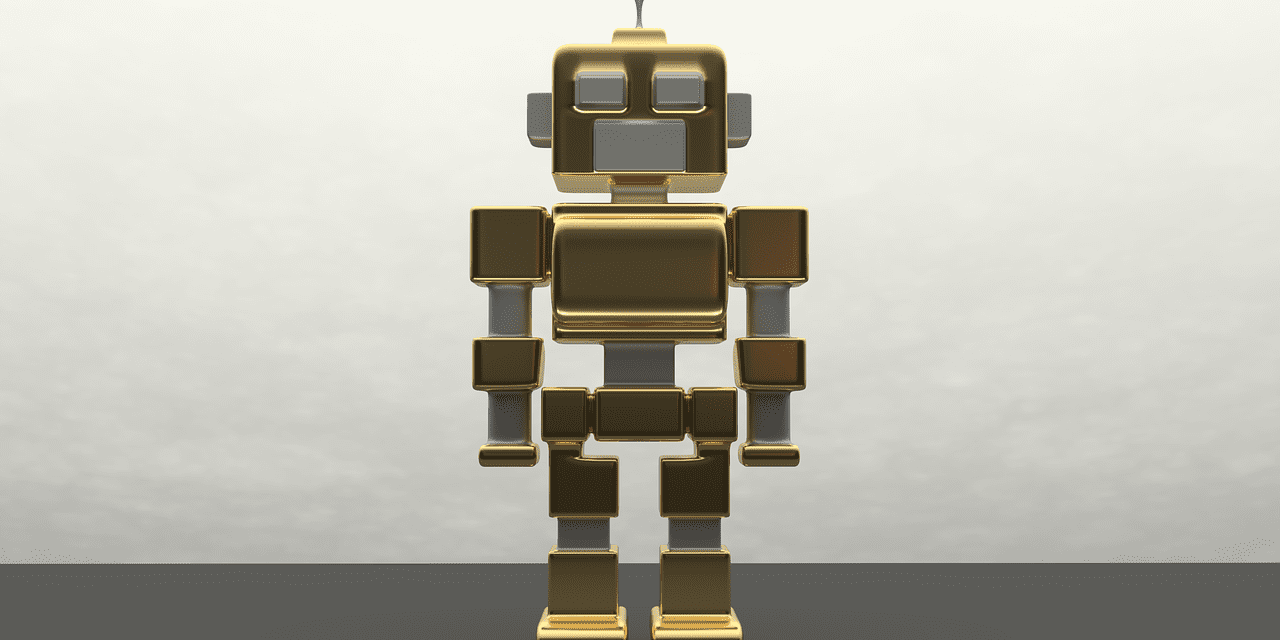Introduction to Future of Robotics
Future of Robotics The world of robotics and automation has come a long way from the realms of science fiction to become an integral part of various industries. From manufacturing and healthcare to agriculture and logistics, robots and automation are transforming the way we work and live. In this blog, we will delve into the exciting developments in the field of robotics and explore how automation is revolutionizing industries, shaping the future of work, and enhancing our everyday lives.
The Current Landscape
Before we dive into the future, it’s essential to understand where we stand today. Robotics and automation have already made significant inroads into numerous industries, streamlining processes, increasing efficiency, and improving safety. In manufacturing, robots work alongside human operators, enhancing precision and speed, while in healthcare, robotic surgical systems offer unparalleled precision and minimally invasive procedures.
Agriculture has seen the rise of autonomous tractors and drones for precision farming, and logistics now relies heavily on robotic warehouse systems that optimize order fulfillment. These are just a few examples of how automation is already transforming industries.
The Future of Robotics
- Collaborative Robotics (Cobots): The next phase of automation involves collaborative robots or “cobots.” These robots are designed to work alongside humans, assisting with tasks that require precision, strength, or speed. They can be easily programmed and integrated into various industries, from construction to small-scale manufacturing, enhancing productivity while maintaining safety.
- Artificial Intelligence and Machine Learning: AI and machine learning are central to the evolution of robotics. Advanced algorithms allow robots to learn from their environments, adapt to changing conditions, and make autonomous decisions. This is particularly important in fields like self-driving cars, where AI plays a critical role in navigation and safety.
- Telemedicine and Robotic Healthcare: Robotics is set to revolutionize the healthcare industry further. Telemedicine and robotic assistants can improve patient care by enabling remote consultations and providing support for elderly or disabled individuals. Robots can also handle tasks such as medication dispensing and monitoring vital signs, reducing the burden on healthcare professionals.
- Agriculture and Sustainability: As the global population continues to grow, the demand for sustainable agriculture practices is increasing. Robots equipped with AI and sensor technology can optimize crop management, reducing the need for pesticides and fertilizers. Autonomous drones are already being used for monitoring crop health, and robotic pickers are on the horizon, promising to transform the agricultural landscape.
- Space Exploration: The future of robotics extends beyond Earth. In space exploration, robots are essential for tasks like planetary exploration, satellite maintenance, and even the construction of future space habitats. With advancements in AI and materials, robots are becoming more capable of thriving in harsh extraterrestrial environments.
Challenges and Considerations
While the future of robotics is undoubtedly exciting, it comes with its share of challenges and ethical considerations. Ensuring the safety of autonomous vehicles, addressing job displacement concerns, and establishing robust cybersecurity measures are just a few of the issues that need to be addressed as automation continues to advance.
Conclusion
The future of robotics promises to be transformative, impacting a wide array of industries and reshaping the way we live and work. Collaborative robots, artificial intelligence, healthcare innovation, sustainable agriculture, and space exploration are just a few of the areas that will benefit from the continued evolution of robotics and automation. As we move forward, it is crucial to embrace these advancements while simultaneously addressing the challenges and ethical considerations that come with this new era of automation. By doing so, we can create a future where robots and humans work together to enhance our quality of life and push the boundaries of what is possible.





